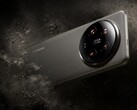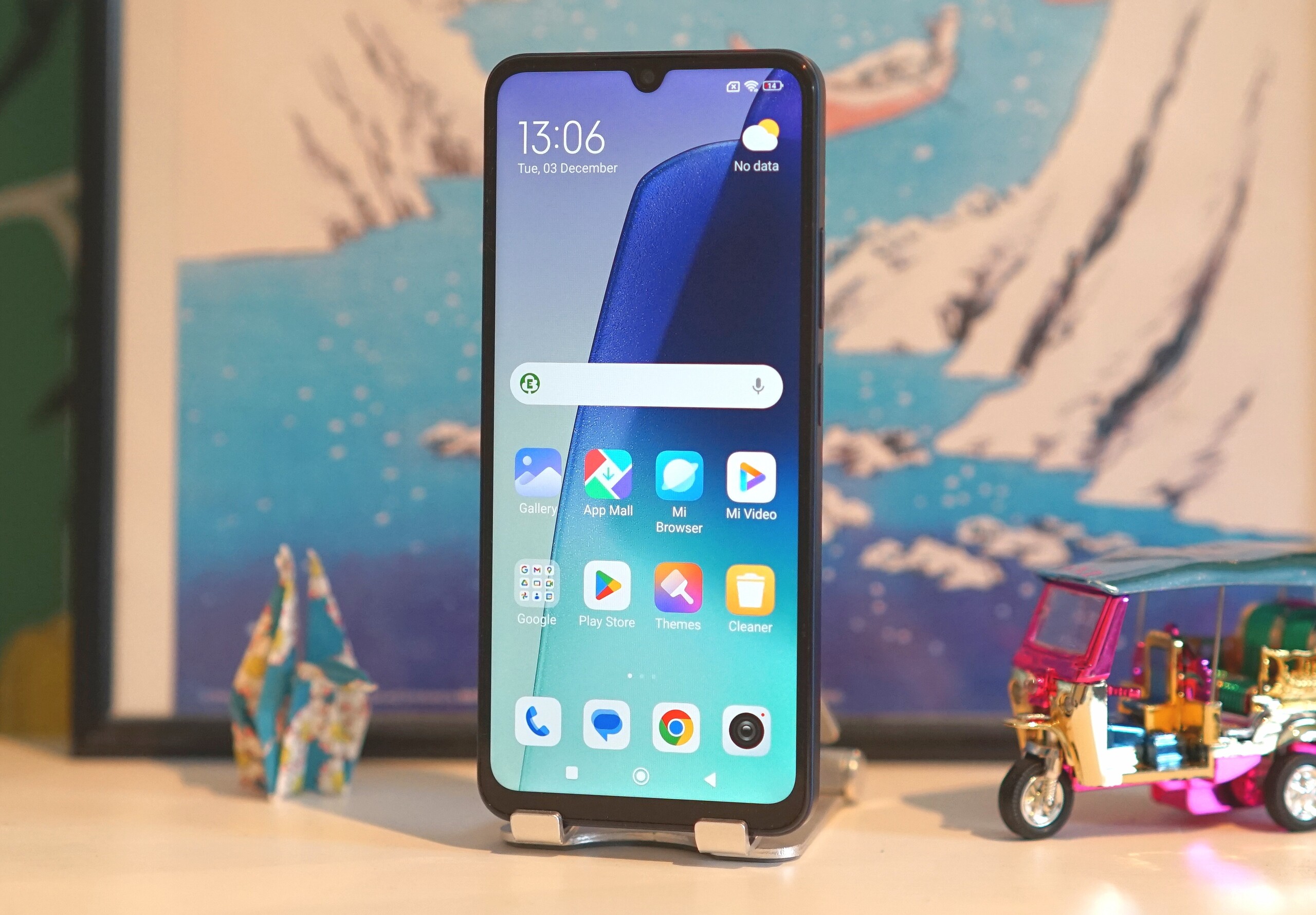
Xiaomi Redmi 14C smartphone review - Budget phone with a faster screen than the iPhone
Something for the eye.
The Xiaomi Redmi 14C is available with an eye-catching or understated exterior, depending on your taste. However, it always comes with a very fast screen, NFC and fingerprint sensor, which is not commonplace for inexpensive smartphones. In our test, we find out whether the processor power is sufficient for everyday use.Florian Schmitt, 👁 Florian Schmitt, ✓ Brian Burriston (translated by DeepL / Ninh Duy) Published 🇩🇪 🇫🇷 ...
Verdict
On the one hand, the Xiaomi Redmi 14C is a stylish, very well-built and well-equipped phone for its price range. The long battery life, the fast screen and the good performance of the camera system are also impressive.
There is no need to worry about PWM flickering even at low brightness, there are many Bluetooth audio codecs for wireless sound transmission and there is hardly any noticeable warming even after prolonged use.
On the other hand, there is the SoC, for whose choice Xiaomi has to listen to clear criticism: The new name actually hides an older SoC, which can now also drive 120 Hz screens. Otherwise, however, it even offers slightly less performance than the SoC of its predecessor Redmi 13C and this is definitely noticeable in everyday use in this low price range.
It's great that you have the choice between an understated and unusual casing, as this allows the Redmi phone to blend in unobtrusively in any environment or become a real eye-catcher. The Redmi 14C is also attractive thanks to the already significantly reduced price on the Internet. And 4 years of guaranteed software updates is no bad thing in this price range.
Pros
Cons
Price and availability
The three officially available color variants of the Redmi 14C are widely available in Europe, including both memory versions. Even the purple variant can be found at some retailers.
Compared to the manufacturer's official price, the phone is already available at a significantly lower price, for example at amazon.de, where the 128 GB model cost less than 120 Euros (~$126) at the time of testing.
Possible competitors in comparison
Image | Model / Review | Price | Weight | Drive | Display |
|---|---|---|---|---|---|
| Xiaomi Redmi 14C Mediatek Helio G81 Ultra ⎘ ARM Mali-G52 MP2 ⎘ 4 GB Memory, 128 GB eMMC | Amazon: List Price: 150€ | 211 g | 128 GB eMMC Flash | 6.88" 1640x720 260 PPI IPS | |
| Xiaomi Redmi 13C Mediatek Helio G85 ⎘ ARM Mali-G52 MP2 ⎘ 4 GB Memory, 128 GB eMMC | Amazon: List Price: 149€ | 192 g | 128 GB eMMC Flash | 6.74" 1600x720 260 PPI IPS | |
| Motorola Moto G24 Mediatek Helio G85 ⎘ ARM Mali-G52 MP2 ⎘ 8 GB Memory, 128 GB eMMC | Amazon: List Price: 150€ | 181 g | 128 GB eMMC Flash | 6.56" 1612x720 269 PPI IPS | |
| Nokia G11 Plus Unisoc T7200 (T606) ⎘ ARM Mali-G57 MP1 ⎘ 3 GB Memory, 32 GB eMMC | Amazon: $89.56 List Price: 150€ | 192 g | 32 GB eMMC Flash | 6.52" 1600x720 269 PPI IPS |
Table of Contents
- Verdict
- Specifications
- Housing & features - Sturdy plastic housing
- Communication and operation - without 5G network
- Software and sustainability - 4 years of updates
- Cameras - Surprisingly good
- Display - 120 Hz are possible
- Performance, emissions and battery life - lasts a long time
- Notebookcheck overall rating
Xiaomi gathers its price breakers under the "Redmi" brand, which usually offer a lot of features for little money.
The Xiaomi Redmi 14C is another particularly affordable smartphone: it is available for less than 150 Euros (~$158). Nevertheless, the manufacturer has provided plenty of memory, a large battery and a fast display, which can even compete with significantly more expensive devices.
In this test, we take a closer look at the affordable Redmi phone.
Specifications
Housing & features - Sturdy plastic housing
The chassis of the Xiaomi Redmi 14C is made of plastic and is available in different colors: In Europe, there are three variants, namely the classic Midnight Black with a matte surface and the olive green Sage Green with a light texture.
More interesting is Starry Blue, which has a color gradient from gray to blue and changes its appearance slightly depending on the incidence of light thanks to the circular lines that have been ground into it. A lavender-colored back is also available internationally.
There are clearly visible edges around the screen on the front, but these are relatively narrow for an inexpensive smartphone. Xiaomi does not provide any information about the protective glass for the screen.
With its 6.88-inch screen, the Redmi 14C is quite a large smartphone and this is also reflected in its weight, which comes in at 211 grams (~7.4 oz). Overall, it feels good in the hand and the edges are pleasantly rounded. The workmanship is also impressive, material transitions are barely noticeable. The phone is also very stable and can hardly be twisted or dented.
The Redmi 14C is available with 4 GB of RAM and 128 GB of storage. There is also a larger version with 8 GB RAM and 256 GB mass storage; the difference in price from the manufacturer is 30 Euros (~$32). Other RAM sizes are stated on the packaging, but these are due to virtual RAM, i.e. a swap file in the much slower data memory.
NFC for contactless payments is on board.
| SD Card Reader - average JPG Copy Test (av. of 3 runs) | |
| Motorola Moto G24 (Angelbird V60) | |
| Xiaomi Redmi 14C (Angelbird V60) | |
| Average of class Smartphone (5.72 - 58.9, n=69, last 2 years) | |
| Xiaomi Redmi 13C (Angelbird V60) | |
| Nokia G11 Plus (Angelbird V60) | |
Cross Platform Disk Test (CPDT)
Communication and operation - without 5G network
The Xiaomi Redmi 14C is a 4G phone, so you have to do without the fast 5G network. We randomly test the signal strength during our test period and see that the Xiaomi Redmi 14C sometimes has problems ensuring good reception, especially in difficult locations such as between tall buildings.
WiFi 5 is used as the fastest Wi-Fi standard. Our test device achieved transfer rates of around 300 to 350 MBit/s, which is in line with the expected values. When transmitting, there are sometimes dips as low as 221 MBit/s, which also occurred repeatedly during the test. Data reception, on the other hand, is more consistent.
Thanks to the ability to reach 120 Hz the display is quite smooth to use, but the device does occasionally stutter, probably due to the slow SoC. A fingerprint sensor is built into the standby button on the right, which unlocks the smartphone quite quickly after one-time learning.
Software and sustainability - 4 years of updates
Xiaomi delivers the Redmi 14C with HyperOS 1, which is still based on Android 14. The operating system is heavily customized, so you have to get used to it in many areas if you previously used a cleaner Android.
Security updates are guaranteed until 26.09.2028. However, it is not stated how frequent these will be. There is also no information on how many new OS versions the device will receive.
There are no specific statements on the sustainability of the device, nor are there any repair manuals. Nevertheless, you can find out the approximate cost of spare parts for a repair on the website of Xiaomi and the packaging is largely plastic-free.
Cameras - Surprisingly good
Two camera lenses are visible on the back of the Xiaomi Redmi 14C: the main camera with 50 megapixels, which is identical to the Redmi 13C. The second camera lens no longer seems to be of any use, even though it was still used for extreme close-ups on the predecessor, but this option is no longer available.
In the test of the Redmi 13C we were able to attest to the good image quality of the main camera for such an inexpensive phone. So what does the current Redmi 14C look like? Here, too, we can confirm the decent image quality of the main camera: Photos even appear reasonably detailed and are quite sharp. Colors are also displayed well and even in low light and high contrasts, some details are still visible. The test chart in the photo studio, on the other hand, is not very contrasty.
Videos can be recorded at up to 1080p and 30 fps. The autofocus often takes a while to find the right focus and the exposure is not always immediately suitable. Overall, however, the picture is decent considering the price of the device.
The megapixels of the front camera have been increased slightly compared to the previous model: a 13-megapixel camera is now installed here. Selfies with it work quite well and even a very bright background does not cause the image to be too bright.
Image comparison
Choose a scene and navigate within the first image. One click changes the position on touchscreens. One click on the zoomed-in image opens the original in a new window. The first image shows the scaled photograph of the test device.
Main Camera PlantMain camera EnvironmentMain camera Low Light

Display - 120 Hz are possible
At 6.88 inches, the IPS screen of the Redmi 14C is very large, but still only has a resolution of 1,640 x 720 pixels. This leads to a somewhat blurred display in some cases.
One highlight is the maximum frame rate, which is up to 120 Hz. This results in very smooth scrolling and fast operation, which is only occasionally slowed down by the slow SoC.
The screen's maximum brightness of 422 cd/m² for all-white areas and up to 566 cd/m² for smaller areas is at class level. However, the phone is hardly suitable for use on bright days outdoors or in other very bright environments.
We do not notice PWM flickering even at low brightness, but the color reproduction is not as accurate as one could wish for, especially with strong colors.
| |||||||||||||||||||||||||
Brightness Distribution: 89 %
Center on Battery: 422 cd/m²
Contrast: 1407:1 (Black: 0.3 cd/m²)
ΔE ColorChecker Calman: 3.21 | ∀{0.5-29.43 Ø4.78}
ΔE Greyscale Calman: 2.9 | ∀{0.09-98 Ø5}
96% sRGB (Calman 2D)
Gamma: 2.382
CCT: 6338 K
| Xiaomi Redmi 14C IPS, 1640x720, 6.9" | Xiaomi Redmi 13C IPS, 1600x720, 6.7" | Motorola Moto G24 IPS, 1612x720, 6.6" | Nokia G11 Plus IPS, 1600x720, 6.5" | |
|---|---|---|---|---|
| Screen | -13% | -17% | -45% | |
| Brightness middle (cd/m²) | 422 | 430 2% | 521 23% | 395 -6% |
| Brightness (cd/m²) | 401 | 424 6% | 510 27% | 385 -4% |
| Brightness Distribution (%) | 89 | 92 3% | 93 4% | 94 6% |
| Black Level * (cd/m²) | 0.3 | 0.28 7% | 0.39 -30% | 0.3 -0% |
| Contrast (:1) | 1407 | 1536 9% | 1336 -5% | 1317 -6% |
| Colorchecker dE 2000 * | 3.21 | 4.06 -26% | 4.83 -50% | 6.21 -93% |
| Colorchecker dE 2000 max. * | 6.29 | 8.11 -29% | 7.71 -23% | 10.61 -69% |
| Greyscale dE 2000 * | 2.9 | 5 -72% | 5.3 -83% | 8.3 -186% |
| Gamma | 2.382 92% | 2.35 94% | 2.111 104% | 2.639 83% |
| CCT | 6338 103% | 7813 83% | 7021 93% | 7999 81% |
* ... smaller is better
Screen Flickering / PWM (Pulse-Width Modulation)
| Screen flickering / PWM not detected | |||
In comparison: 53 % of all tested devices do not use PWM to dim the display. If PWM was detected, an average of 8111 (minimum: 5 - maximum: 343500) Hz was measured. | |||
Display Response Times
| ↔ Response Time Black to White | ||
|---|---|---|
| 39.2 ms ... rise ↗ and fall ↘ combined | ↗ 16.7 ms rise | |
| ↘ 22.5 ms fall | ||
| The screen shows slow response rates in our tests and will be unsatisfactory for gamers. In comparison, all tested devices range from 0.1 (minimum) to 240 (maximum) ms. » 97 % of all devices are better. This means that the measured response time is worse than the average of all tested devices (20.2 ms). | ||
| ↔ Response Time 50% Grey to 80% Grey | ||
| 58.1 ms ... rise ↗ and fall ↘ combined | ↗ 31.1 ms rise | |
| ↘ 27 ms fall | ||
| The screen shows slow response rates in our tests and will be unsatisfactory for gamers. In comparison, all tested devices range from 0.165 (minimum) to 636 (maximum) ms. » 95 % of all devices are better. This means that the measured response time is worse than the average of all tested devices (31.6 ms). | ||
Performance, emissions and battery life - lasts a long time
The MediaTek Helio G81 Ultra, which is used as SoC in our test device, largely corresponds to the Helio G80, apart from its ability to drive 120 Hz displays. However, this also suggests that the Redmi 14C has slightly less performance than the Redmi 13C, which is equipped with a slightly more powerful Helio G85.
And our benchmarks actually confirm this: The Redmi 14C lags slightly behind its predecessor in terms of both CPU and GPU performance. Given the already low performance level, this definitely makes a difference in everyday use: The Redmi 14C stutters a little more often in everyday use and does not always run as smoothly as its predecessor despite the nominally faster 120 Hz display.
The slow eMMC flash has not changed either: Data is thus only copied relatively slowly and app loading times are long.
The maximum temperature rise after prolonged load is moderate at 42.6 °C (~109 °F) on the casing. The 3DMark stress tests also show hardly any drop in performance after several benchmark runs.
The sound from the mono speaker is generally thin, but at least offers a little more low mid-range than the predecessor. External audio devices can be connected via the 3.5mm audio port. Almost all current Bluetooth audio codecs are available for wireless connections with headphones or speakers.
At 5,160 mAh, the battery in the Redmi 14C offers slightly more capacity than its predecessor and also manages slightly longer runtimes in our Wi-Fi test: our test device lasted 16:16 hours. This is a good value, so you should be able to use the device for two days without charging. The device can be charged with a maximum of 18 watts, but does not come with a charger. The cell phone works well with our existing chargers and needs around 2:15 hours for a full charging cycle.
| Octane V2 - Total Score | |
| Average of class Smartphone (2228 - 121337, n=200, last 2 years) | |
| Motorola Moto G24 | |
| Xiaomi Redmi 14C | |
| Average Mediatek Helio G81 Ultra (n=1) | |
| Xiaomi Redmi 13C | |
| Nokia G11 Plus | |
| Xiaomi Redmi 14C | Xiaomi Redmi 13C | Motorola Moto G24 | Nokia G11 Plus | Average 128 GB eMMC Flash | Average of class Smartphone | |
|---|---|---|---|---|---|---|
| AndroBench 3-5 | 14% | 10% | -5% | -7% | 510% | |
| Sequential Read 256KB (MB/s) | 300.9 | 300.2 0% | 291.9 -3% | 270.6 -10% | 300 ? 0% | 2211 ? 635% |
| Sequential Write 256KB (MB/s) | 193.1 | 179.4 -7% | 252 31% | 196 2% | 195.1 ? 1% | 1837 ? 851% |
| Random Read 4KB (MB/s) | 88.6 | 101.5 15% | 86.3 -3% | 81.5 -8% | 85.9 ? -3% | 294 ? 232% |
| Random Write 4KB (MB/s) | 78.9 | 114.8 46% | 90.9 15% | 77.1 -2% | 58.1 ? -26% | 334 ? 323% |
(±) The maximum temperature on the upper side is 42.6 °C / 109 F, compared to the average of 35.2 °C / 95 F, ranging from 21.9 to 247 °C for the class Smartphone.
(+) The bottom heats up to a maximum of 38.9 °C / 102 F, compared to the average of 34 °C / 93 F
(+) In idle usage, the average temperature for the upper side is 22.1 °C / 72 F, compared to the device average of 32.9 °C / 91 F.
3DMark Steel Nomad Stress Test
| 3DMark | |
| Wild Life Stress Test Stability | |
| Motorola Moto G24 | |
| Xiaomi Redmi 14C | |
| Xiaomi Redmi 13C | |
| Nokia G11 Plus | |
| Wild Life Extreme Stress Test | |
| Motorola Moto G24 | |
| Xiaomi Redmi 13C | |
| Xiaomi Redmi 14C | |
Xiaomi Redmi 14C audio analysis
(+) | speakers can play relatively loud (86 dB)
Bass 100 - 315 Hz
(-) | nearly no bass - on average 30% lower than median
(±) | linearity of bass is average (9.8% delta to prev. frequency)
Mids 400 - 2000 Hz
(±) | higher mids - on average 7.1% higher than median
(+) | mids are linear (5.6% delta to prev. frequency)
Highs 2 - 16 kHz
(+) | balanced highs - only 4.5% away from median
(+) | highs are linear (3.2% delta to prev. frequency)
Overall 100 - 16.000 Hz
(±) | linearity of overall sound is average (21.5% difference to median)
Compared to same class
» 42% of all tested devices in this class were better, 8% similar, 50% worse
» The best had a delta of 11%, average was 35%, worst was 134%
Compared to all devices tested
» 60% of all tested devices were better, 7% similar, 33% worse
» The best had a delta of 4%, average was 24%, worst was 134%
Xiaomi Redmi 13C audio analysis
(±) | speaker loudness is average but good (80.8 dB)
Bass 100 - 315 Hz
(-) | nearly no bass - on average 36.8% lower than median
(±) | linearity of bass is average (9.8% delta to prev. frequency)
Mids 400 - 2000 Hz
(±) | higher mids - on average 5.7% higher than median
(±) | linearity of mids is average (8% delta to prev. frequency)
Highs 2 - 16 kHz
(+) | balanced highs - only 4.2% away from median
(+) | highs are linear (5.7% delta to prev. frequency)
Overall 100 - 16.000 Hz
(±) | linearity of overall sound is average (25.6% difference to median)
Compared to same class
» 63% of all tested devices in this class were better, 7% similar, 30% worse
» The best had a delta of 11%, average was 35%, worst was 134%
Compared to all devices tested
» 78% of all tested devices were better, 5% similar, 17% worse
» The best had a delta of 4%, average was 24%, worst was 134%
| Xiaomi Redmi 14C 5160 mAh | Xiaomi Redmi 13C 5000 mAh | Motorola Moto G24 5000 mAh | Nokia G11 Plus 5000 mAh | |
|---|---|---|---|---|
| Battery runtime | -3% | -1% | 6% | |
| WiFi v1.3 (h) | 16.3 | 15.8 -3% | 16.2 -1% | 17.3 6% |
| Reader / Idle (h) | 35.7 | |||
| H.264 (h) | 22.5 | |||
| Load (h) | 5.6 |
Notebookcheck overall rating
The Xiaomi Redmi 14C impresses with its 120 Hz display and good camera considering the price. The sturdy, attractive and well-made casing is also a plus point. Compared to its predecessor, however, the performance has been reduced somewhat, which is quite noticeable in an entry-level phone and does not leave a good impression.
Overall, you get a very high-quality phone with lots of features for little money, but without 5G.
Xiaomi Redmi 14C
- 12/04/2024 v8
Florian Schmitt
Transparency
The selection of devices to be reviewed is made by our editorial team. The test sample was provided to the author as a loan by the manufacturer or retailer for the purpose of this review. The lender had no influence on this review, nor did the manufacturer receive a copy of this review before publication. There was no obligation to publish this review. As an independent media company, Notebookcheck is not subjected to the authority of manufacturers, retailers or publishers.
This is how Notebookcheck is testing
Every year, Notebookcheck independently reviews hundreds of laptops and smartphones using standardized procedures to ensure that all results are comparable. We have continuously developed our test methods for around 20 years and set industry standards in the process. In our test labs, high-quality measuring equipment is utilized by experienced technicians and editors. These tests involve a multi-stage validation process. Our complex rating system is based on hundreds of well-founded measurements and benchmarks, which maintains objectivity. Further information on our test methods can be found here.









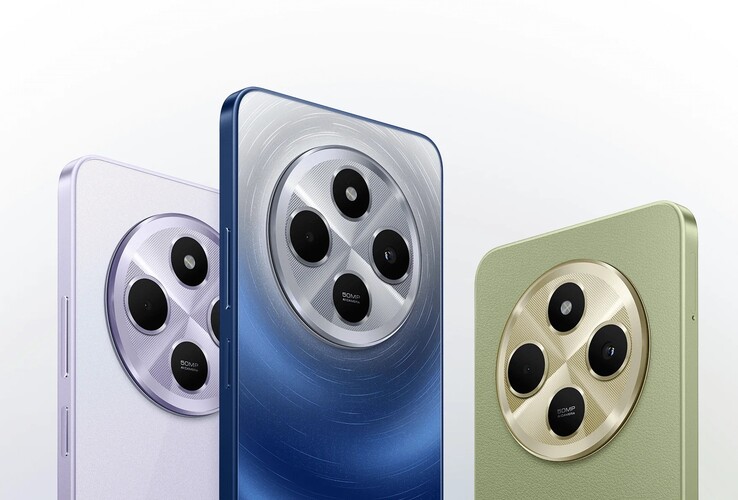

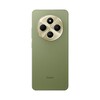

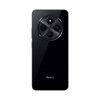


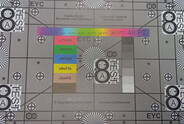



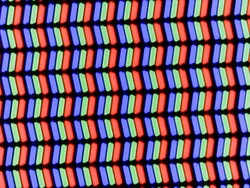
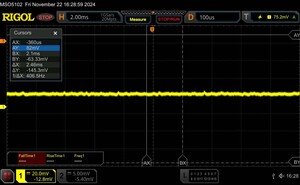
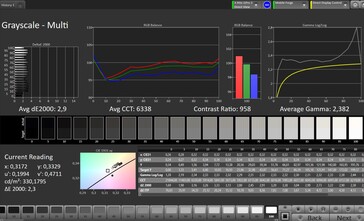
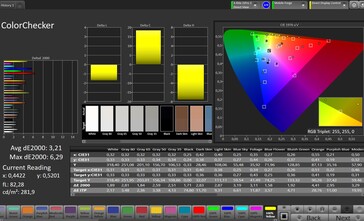

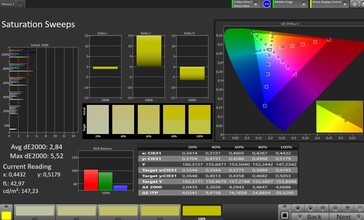
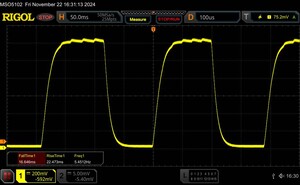
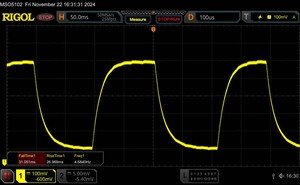
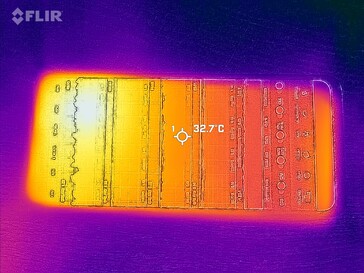
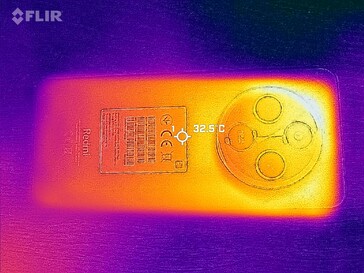
 Total Sustainability Score:
Total Sustainability Score: 